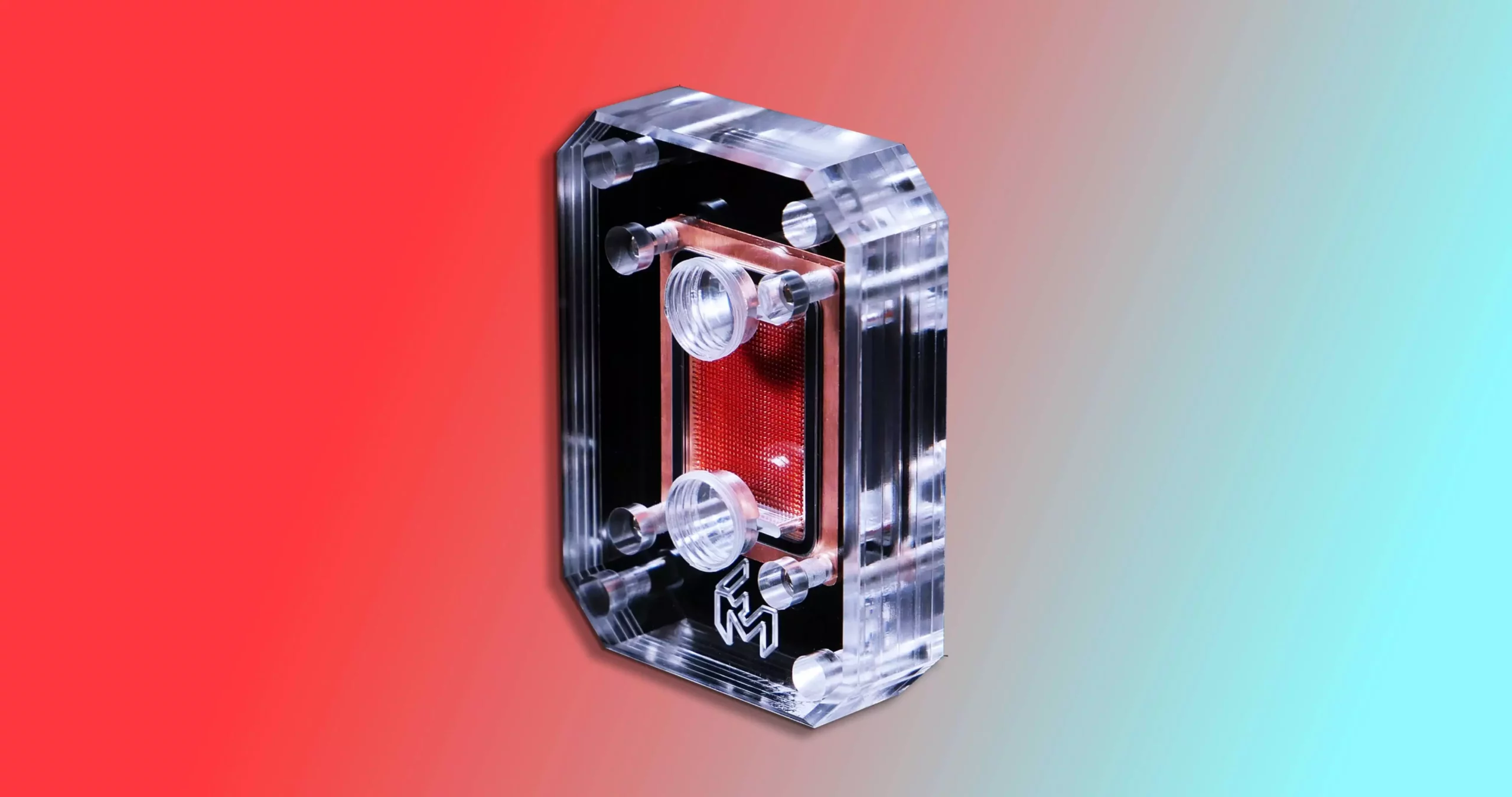In the ever-evolving world of electronics, managing heat has become a critical challenge. As consumer demand for more powerful devices continues to escalate, manufacturers are faced with the inherent problem of heat generation. More transistors mean increased computing power, but this also leads to higher thermal outputs. The connection between power and heat is undeniable, and therein lies the pivotal role of effective cooling solutions. Traditional methods often struggle to keep pace with the rapid advancements in technology, making room for innovation in cooling systems to redefine what is possible in electronic design.
Microfluidic Channels: A Gaming-Changer in Heat Dissipation
Georgia Tech recently unveiled groundbreaking research that centers around the integration of microfluidic channels developed by Dr. Daniel Lorenzini. This technology, which earned a patent last year, has set the stage for the emergence of EmCool, a startup aiming to bring these engineering breakthroughs to the commercial market. The essence of this innovation lies in its ability to enhance heat dissipation through the incorporation of micro-pin fins within a waterblock. This design philosophy utilizes a larger surface area to facilitate superior thermal management, taking cues from existing heatsink designs but with a unique twist.
EmCool’s waterblock, while reminiscent of conventional heat transfer technologies, elevates performance through its groundbreaking micro-pin fins. These fins, strategically positioned within the waterblock and oriented away from the chip, operate akin to a heat pipe that has been thoroughly optimized. When the liquid flows through the cooling system, it captures heat from these fins, improving the overall thermal efficiency. While the core principle remains grounded in familiar cooling techniques, distinct engineering advancements set EmCool apart, hinting at a refreshing evolution in the industry.
Direct-Die Contact: Revolution or Risk?
The product’s most intriguing feature is its compatibility with direct-die contact, a facet that undoubtedly invites both excitement and concern among PC builders. To harness the full potential of this technology, users are encouraged to employ liquid metal as a thermal interface material, a suggestion that may induce hesitation within the community. The process of ‘delidding’ a CPU—removing its protective lid to establish direct contact with the microfluidic cooling system—can be a nerve-wracking endeavor. Many PC builders may prefer stepping back from such technical intricacies, fearing the potential for damage or mishaps.
While the allure of enhanced cooling performance is palpable, the practicalities of delidding do not escape scrutiny. The need for specialized knowledge underscores the importance of weighing the benefits against the potential risks. Ultimately, this bold choice reflects EmCool’s commitment to pushing the boundaries of conventional cooling solutions, driving the conversation around thermal management in high-performance computing.
Benchmarking Performance: The True Test of Innovation
When evaluating new cooling technologies, benchmarks serve as the proving ground for claims made by manufacturers. EmCool’s waterblock faces a formidable standard: real-world performance that aligns with ambitious expectations. In practical tests, such as the Cinebench R23 benchmarking, the results speak volumes about the efficacy of their technology. With temperatures plummeting under load, the Intel Core i9 14900K demonstrated a marked decrease in thermal throttling, allowing the CPU to maintain higher clock speeds during intensive tasks. Operating temperatures dropped from a concerning 100 °C to a more manageable 74 °C, showcasing real-world applicability that could reshape user experiences.
The evidence of EmCool’s capability lies woven within these statistics; as temperatures decline, so too do performance bottlenecks. In a marketplace saturated with cooling solutions, the ability to provide measurable results becomes critical. Increasing heat dissipation surface areas translates directly into heightened efficiency, cementing EmCool’s place in the ongoing narrative of electronics innovation.
A Call to Embrace Change
As EmCool prepares to launch its revolutionary product, a paradigm shift in cooling technologies looms on the horizon. This startup represents a beacon of cutting-edge thought in an industry that often relies on tried-and-true methods. Its advances challenge the status quo and encourage consumers and engineers alike to embrace the future of thermal management. Room for improvement exists in every aspect of technology, and EmCool’s vision to better manage heat could very well serve as a template for subsequent innovations in the realm of electronics cooling.
As the conversation around electronics continues, it is vital that both consumers and creators advocate for new ideas that go beyond the conventional. EmCool not only contributes to this dialogue but also exemplifies what can happen when dedication meets ingenuity. This technology does not merely enhance performance; it poses a compelling question about the future of cooling technologies: are we ready to rethink what is possible?

